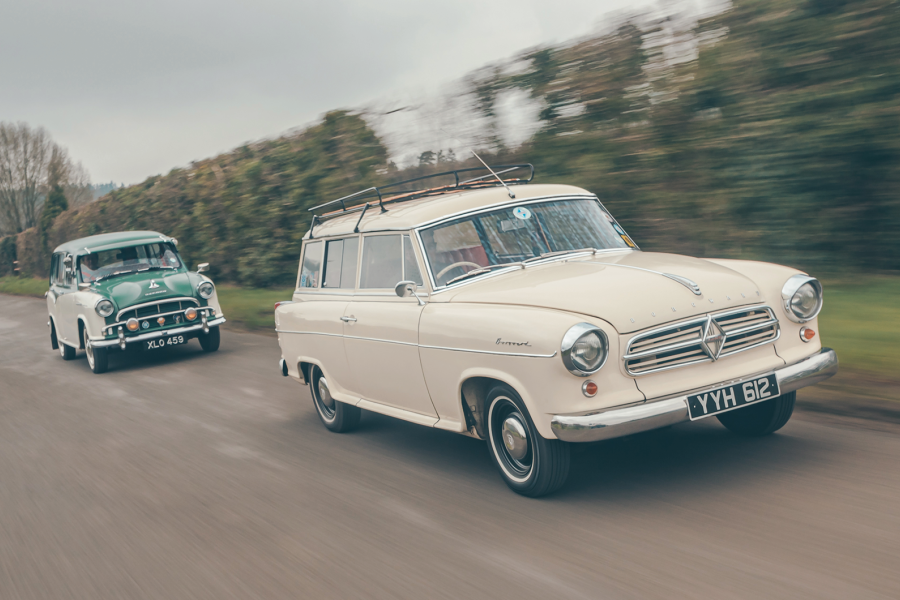
75 years ago, the motoring world changed for ever as a clutch of iconic vehicles made their debuts on a wave of post-war optimism. Here we look at the Morris Minor MM…
It’s the most ‘ordinary’ car here, the Minor, but that’s meant as a compliment.
What is striking about this 1948 group is how different they are, not just in price and intention, but in mechanical make-up.
Our six cars have engines at opposing ends, with a huge variety in cylinders, cooled in divergent ways, driving different wheels and sitting on suspensions of varied kinds.

Development of the Morris Minor started in 1943
The inevitable mechanical convergence of the post-war motor industry hadn’t yet happened, but it’s the Minor that got closest to how the daily driver would go on to develop.
Two Minors were at Earls Court in October 1948, and they made up the entirety of the range at launch: a two-door saloon and a convertible.
Other than the engine, it was a clean-sheet design, only possible in such a small amount of time following the war because Morris had begun development in ’43.

The Morris’ stylish cabin features a painted dashboard













